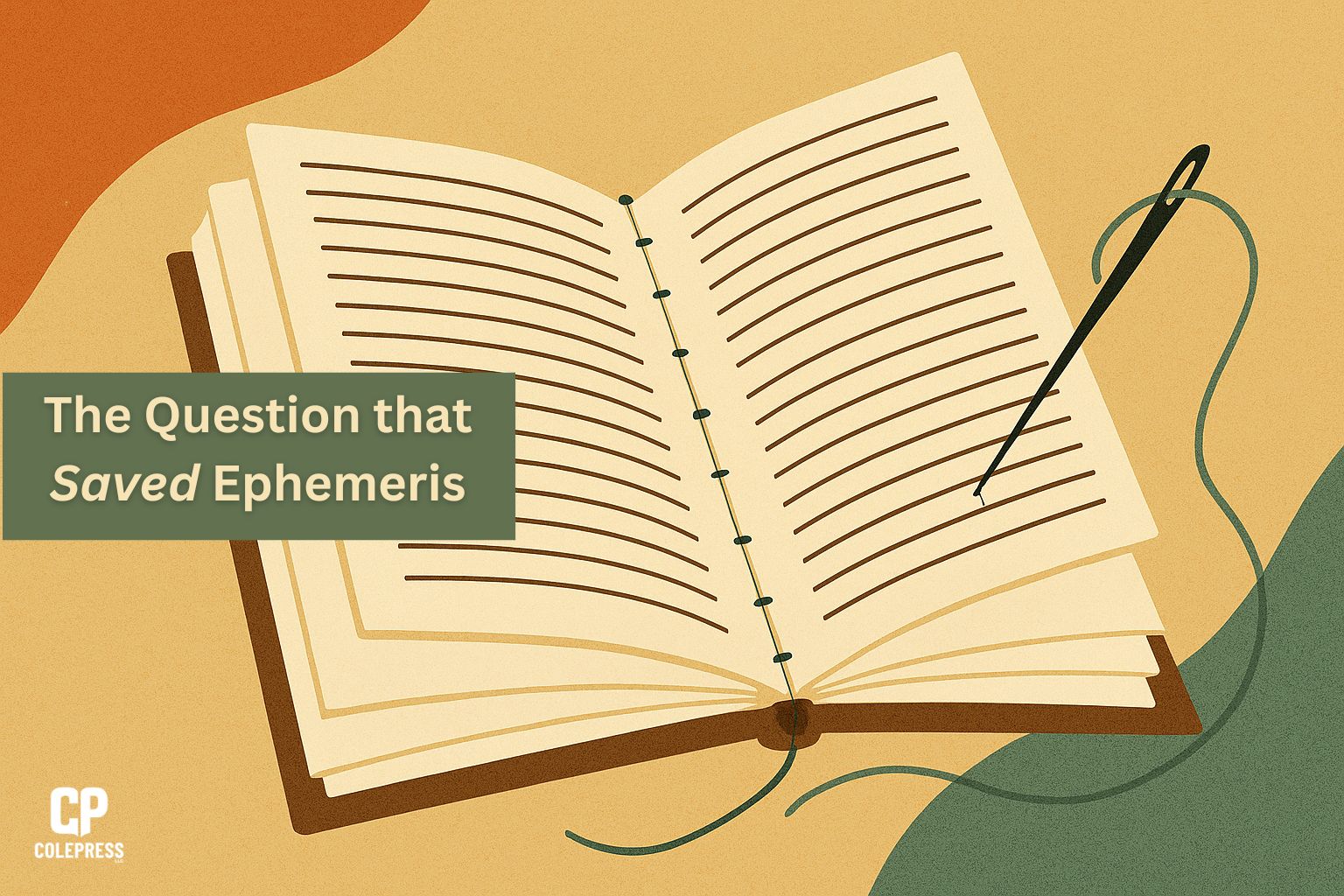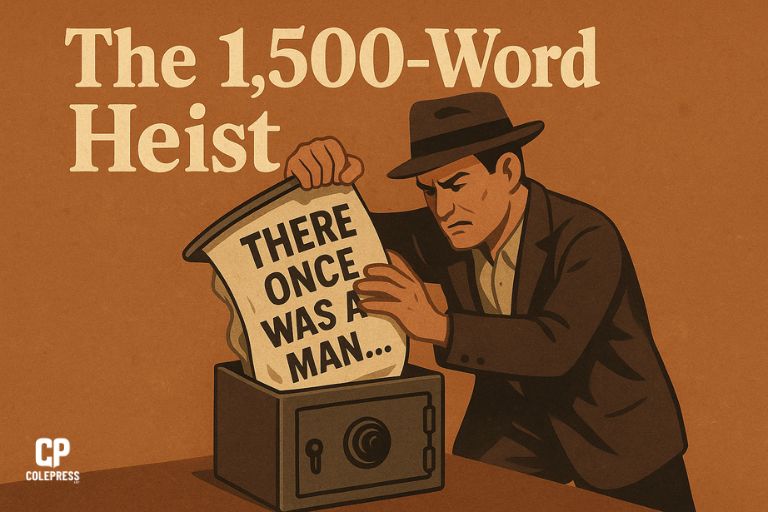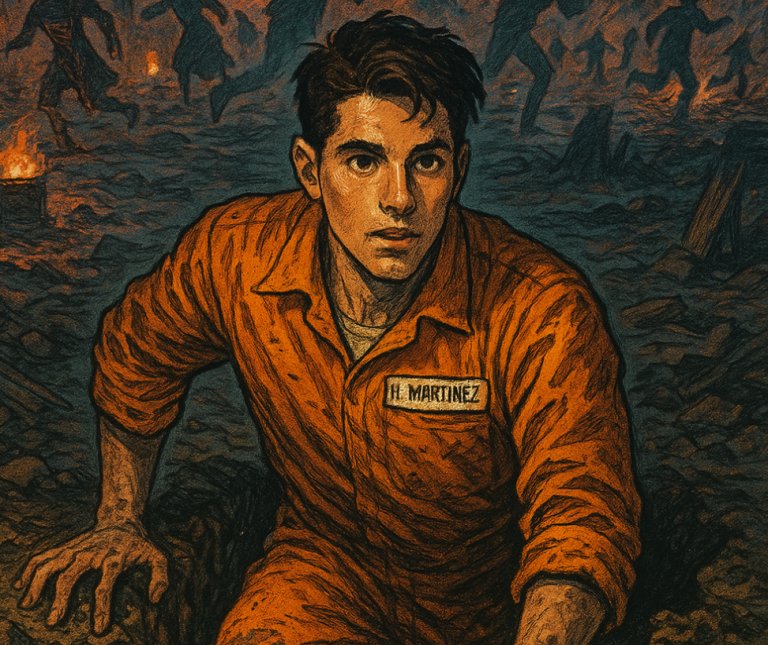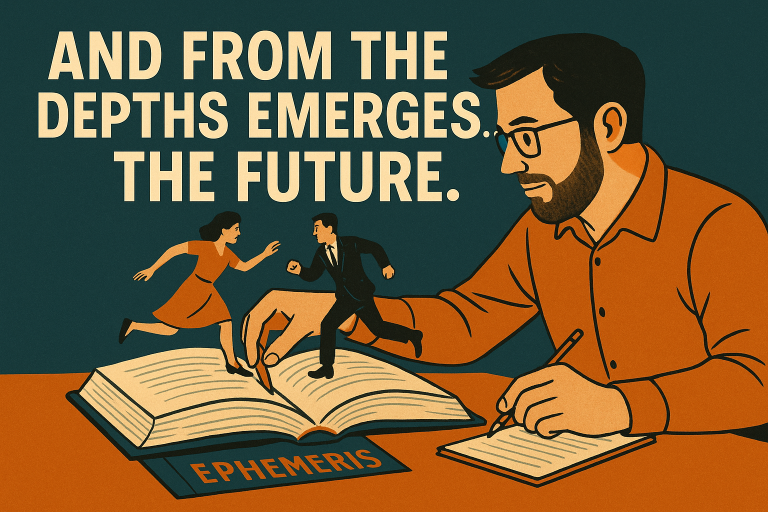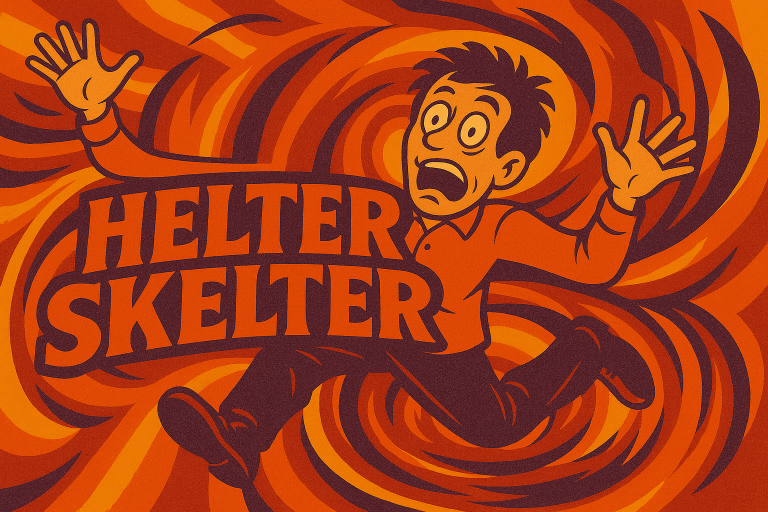Every writer hits that moment when the story stops cooperating. The words still come, but they feel hollow. The characters keep talking, but their conversations lead nowhere. The plot threads that once felt taut and full of promise start to fray. That was me, deep into the Ephemeris edits, digging a deeper hole every time I opened the manuscript. I thought I was refining it. What I was really doing was rearranging furniture in a house that was sinking.
I’d lost the central thread.
For a while, I couldn’t even see that. I told myself the book just needed polish. I blamed fatigue, pacing, maybe even a bit of post-draft blindness. But underneath it all was something simpler and scarier. I’d forgotten what the story was really about.
And then Megan, my ever-honest, ever-patient wife, did what good editors and better partners do. She told me the truth.
The Conversation that Changed Everything
It started with a hesitant sentence. “I don’t know,” she said. “Something about it just isn’t holding together.”
She said it kindly, but there’s no version of that sentence that doesn’t sting a little when you’ve poured yourself into a project for years. I wanted to protest. I wanted to tell her she didn’t see what I saw: the layers, the subtext, the grand architecture of it all. But deep down, I already knew she was right.
The book had become a patchwork. The original thread, the one that had once tied every scene to a heartbeat of purpose, had vanished somewhere in the middle of the process. I’d written and rewritten until I’d lost sight of the map.
Still, knowing the truth didn’t make it easier to fix.
I’d been denying that feeling myself for weeks. I’d open the manuscript, stare at it, and close it again. The more I looked, the more I saw the problem but couldn’t name it. I had too many moving parts, too many characters, too many subplots. Everything was technically “working” but nothing was truly connecting.
Then, one morning, I decided to stop tinkering and start thinking.
The 30,000-Foot View
Sometimes the cure for tunnel vision is altitude. I opened Canva and started to build a storyboard. Every chapter, every interlude, spread out on the screen before me like a conspiracy theorist’s wall.
Then I started asking big-picture questions:
- What is this story about: not just on the surface, but at its core?
- What question is it trying to answer?
- Why should anyone care about these characters, their choices, their world?
I wasn’t looking for plot mechanics. I was looking for meaning.
And as I stared at the pages, I realized the problem wasn’t structure or pacing or dialogue. It was purpose. The story had lost its “why.”
Back to Basics
That’s when the lightbulb flickered on.
What if I treated Ephemeris not as a collection of events, but as a single long answer to one central question?
I didn’t know what the question was yet. But I knew that finding it would be the key. So I went back to my notes, my earliest drafts, and even the half-forgotten scribbles from when the story first came to me. I looked for clues: what themes kept surfacing, what my characters seemed to want, what I couldn’t stop thinking about.
Eventually, it started to crystallize. The question wasn’t about technology or apocalypse or survival, though those things are in the book. It was something deeper. Something about human nature, responsibility, and the fragility of systems… both man-made and emotional.
And when I finally wrote that question down, everything clicked.
The Power of a Central Question
I won’t spoil the exact wording of the question (that’s for readers to discover), but once I had it, everything in Ephemeris began to realign.
Each chapter became a way to explore an aspect of that question. Every character’s motivation either contributed to the answer or complicated it. The story stopped being a straight line from “beginning” to “end” and became a living conversation between perspectives.
Suddenly, my editing sessions weren’t about patching holes, they were about purpose. I’d ask myself: Does this scene help answer the question? If it didn’t, it was gone. Does this character’s arc reflect a facet of the question? If not, I rewrote until it did.
It was like finding the compass I didn’t know I’d lost.
A Creative and Strategic Reset
Something unexpected happened next. The central question didn’t just fix the story—it also reshaped how I thought about the book’s future.
Because when you have a clear thematic core, everything else, from marketing and messaging to reader engagement, starts to align around it too. The question became my north star not just for storytelling, but for story sharing.
Now I can talk about Ephemeris in a single sentence that actually means something. I can write social posts, newsletters, and jacket copy that feel unified because they all orbit that same gravitational point. Readers won’t have to guess what the book’s about; they’ll feel it from page one.
And that’s the funny thing about creative breakthroughs: they often solve problems you didn’t even realize you had.
Gratitude (and a Little Humility)
Looking back, it’s almost laughable how close I came to giving up on the manuscript. I’d convinced myself the problem was minor, when really it was fundamental. If Megan hadn’t spoken up, I might still be rearranging scenes, trying to make a broken structure stand.
She thought I’d be upset with her for saying what she did. Truthfully, I was upset… with myself. I can’t believe I didn’t see it sooner. But now, I can say with complete honesty that her honesty saved the book.
It’s a reminder every writer needs: we get too close to our own work. We see the forest, but we start naming every tree. Sometimes it takes someone who loves you enough to say, “This isn’t quite working,” to help you see the shape of the story again.
The Lesson for Other Writers (and Creators)
If you’re stuck in your own creative project, whether it’s a novel, a business plan, a piece of music, or even a life decision, ask yourself: What’s the question this thing is trying to answer?
Not what it’s trying to do, or show, or achieve. What it’s trying to ask. Because once you can articulate that question, you’ve found the center of gravity. Everything else can orbit around it.
You might be surprised at how much clarity that one question brings. Suddenly, the pieces that didn’t fit start clicking. The noise quiets. The path forward, while still hard, becomes visible again.
Coming Full Circle
Now, when I sit down to work on Ephemeris, I feel grounded again. The story has a pulse. The edits have direction. And instead of feeling like I’m crawling out of a hole, I feel like I’m building something solid—chapter by chapter, question by question.
And it all started because someone I love told me a truth I needed to hear.
So this week’s post isn’t just about writing. It’s about gratitude. It’s about humility. And it’s about the power of the right question at the right time.
Sometimes the fix isn’t a better plot twist, a tighter line, or a cleverer turn of phrase. Sometimes it’s stepping back, taking a 30,000-foot view, and asking: What is this really about?
For me, that question saved Ephemeris.
And it reminded me why I write in the first place.
Want to go deeper and find out what the question was and how, specifically, it saved the book? Subscribe to my newsletter, The Cole Mine, today. I’ll be sharing more details in the next edition.

